Old and New Towns of Edinburgh
Edinburgh, the metropolis of Scotland, is well-known for its fascinating history, beautiful buildings, and lively culture. The city is divided into two main areas: the Old Town and the New Town, each showing how Edinburgh has changed over the years. The Old Town exists, filled with narrow, winding streets and historic sites that give a sense of the city’s past. This area is home to the iconic Edinburgh Castle, the lively Royal Mile, and charming passageways called “closes,” all reflecting Scotland’s rich heritage.
The New Town of Edinburgh, built during the 18th and 19th centuries, features a well-planned layout and beautiful neoclassical buildings. With its wide streets, elegant Georgian-style homes, and lovely green spaces like Princes Street Gardens, it reflects a time of prosperity and thoughtful city design. Together with the older areas of the city, the Old Town, both parts of Edinburgh have been acknowledged by UNESCO World Heritage Site. They showcase the city’s rich history and blend the traditional with the modern. Visitors to Edinburgh can explore its fascinating past, enjoy diverse cultural activities, and take in breathtaking views, making it an exciting and charming place to visit.
Table of Contents
Where is Edinburgh located?
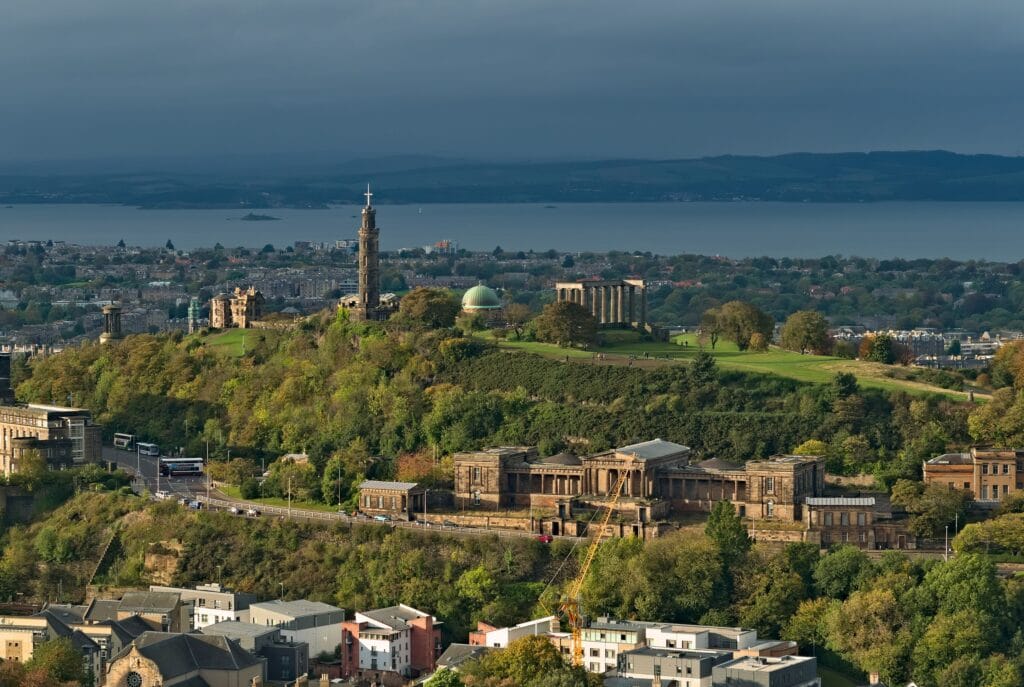
Edinburgh is a city in Scotland, which is one of the countries in the United Kingdom. It’s located in the southeastern part of Scotland, close to the Firth of Forth, a body of water. As the capital city of Scotland, Edinburgh is famous for its rich history and cultural events. Some of its well-known attractions include the impressive Edinburgh Castle and the lively Edinburgh Festival that happens every year.
Inscription

In 1995, Edinburgh’s Old and New Towns were designated by UNESCO World Heritage Site because of their unique historical and architectural importance. The Old Town features a medieval design and well-known sites like Edinburgh Castle, highlighting the city’s deep-rooted history. On the other hand, the New Town, built in the 18th century, showcases beautiful Georgian-style buildings and innovative city planning. Together, these two areas show how Edinburgh has developed as a cultural and political hub over the years, attracting visitors with its distinctive charm and rich heritage.
What is the history of Edinburgh?
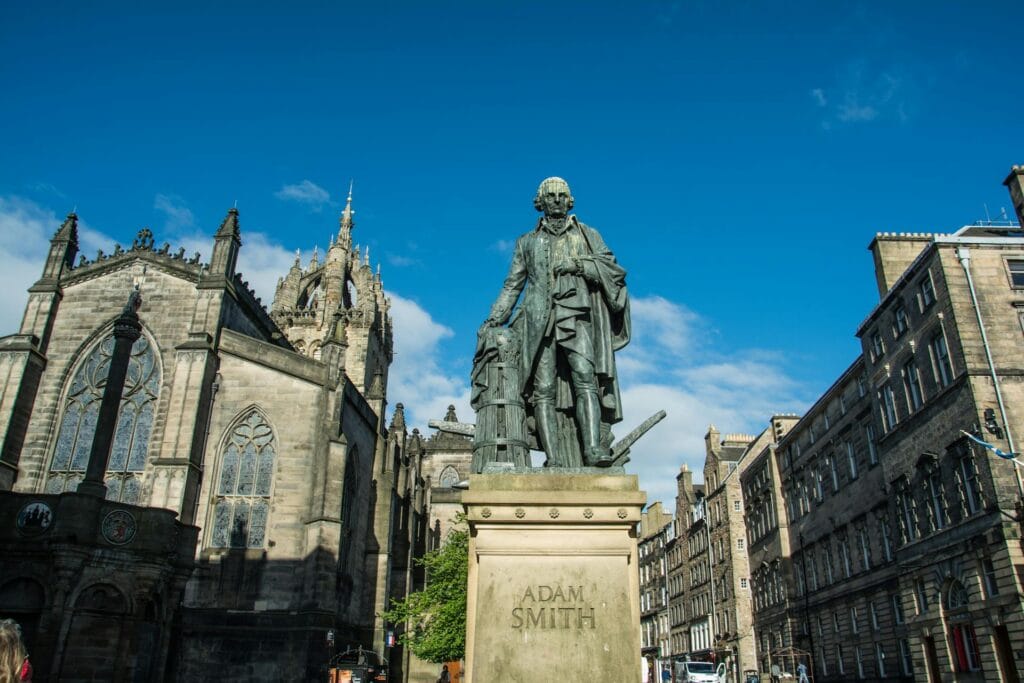
Edinburgh has been the metropolis of Scotland since the 15th century. Edinburgh, Scotland, features a fascinating mix of two different styles of urban development. The city is made up of two main parts: the Old Town, which features a medieval fortress, and the New Town, known for its elegant buildings that were built from the 18th century onward.
On one hand, there’s the Old Town, with its twisting streets and historic buildings that have developed over centuries. On the other hand, you have the New Town, built in a more organized and planned manner during the Georgian era. This combination of the organic, medieval layout and the carefully structured design of the New Town creates a unique and clear contrast that you won’t find in many other cities in Europe.
The contrast between these two unique town areas, both rich in history and beautiful architecture, is what makes Edinburgh so special and unique. They are connected across the scenic Waverley Valley, famously described by Sir Walter Scott, through the North Bridge and the Mound. This connection creates a stunning urban landscape that captures the attention of everyone who sees it.
What is the history of the Old Town of Edinburgh?

The Old Town is located on a high ridge, stretching from the impressive Castle perched on a rocky outcrop down to the Palace of Holyrood. The area’s layout is based on the original burgage plots of Canongate, which was established as a community linked to Holyrood Abbey. This part of the city is known for its tall buildings, designed to fit into the narrow spaces between lanes or passageways. As a result, it features some of the tallest structures from its time, characterized by sturdy and unique tenement buildings.
The area features a variety of historic buildings from the 16th and 17th centuries, including homes of wealthy merchants and nobles. One notable example is Gladstone’s Land, a beautifully restored mansion that has six floors. You’ll also find critical public buildings, such as the Canongate Tolbooth and St Giles Cathedral, which are significant to the history of the region.
The Old Town is known for its well-preserved medieval layout, featuring a unique pattern of narrow streets and alleys. These winding paths branch off from the High Street, which is the widest and longest road in the area. The large buildings on either side create a cozy, enclosed feeling, making it a charming place to explore.
What is the history of the New Town of Edinburgh?
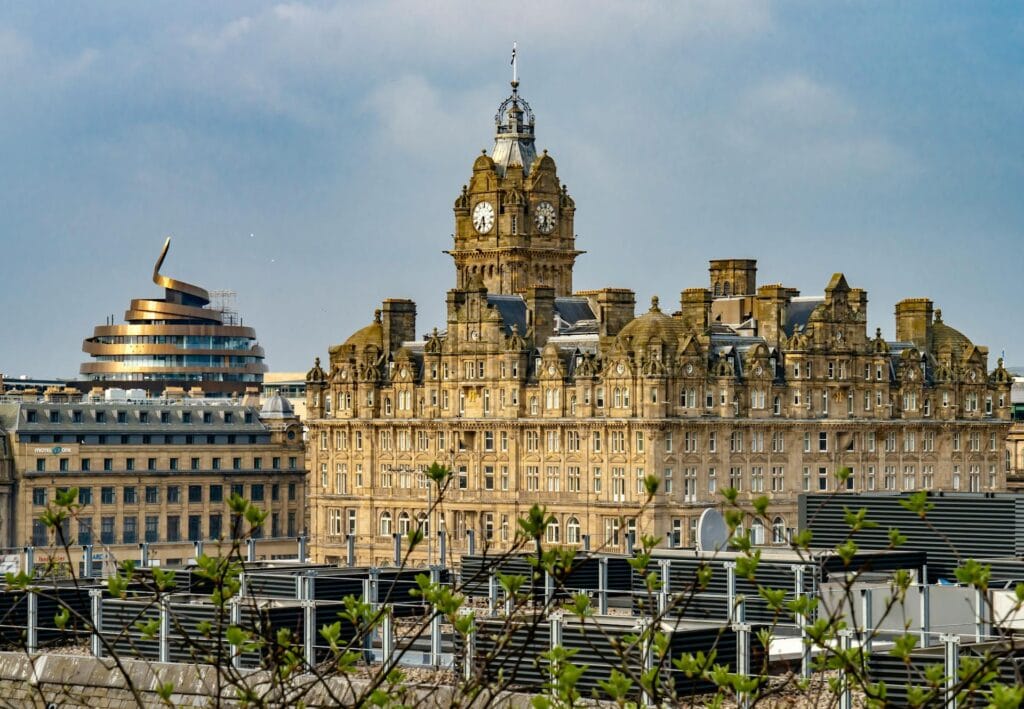
The New Town is home to vast green areas, covering an impressive 3,288 hectares. It’s exceptionally well-planned and remains largely unchanged over time. The town features beautiful gardens that blend seamlessly with the surrounding landscape. These gardens are designed to make the most of the area’s natural hills and valleys and create a wide range of both private and public outdoor spaces.
The New Town was built between 1767 and 1890 and consists of seven neighborhoods located on a flat area north of the Old Town. It features a remarkable number of carefully designed buildings made from a type of stone called ashlar. These elegant, neo-classical structures were created by famous architects, including John and Robert Adam, Sir William Chambers, and William Playfair. Together, they give the New Town a unique and impressive architectural style.
What is the architecture of Edinburgh?
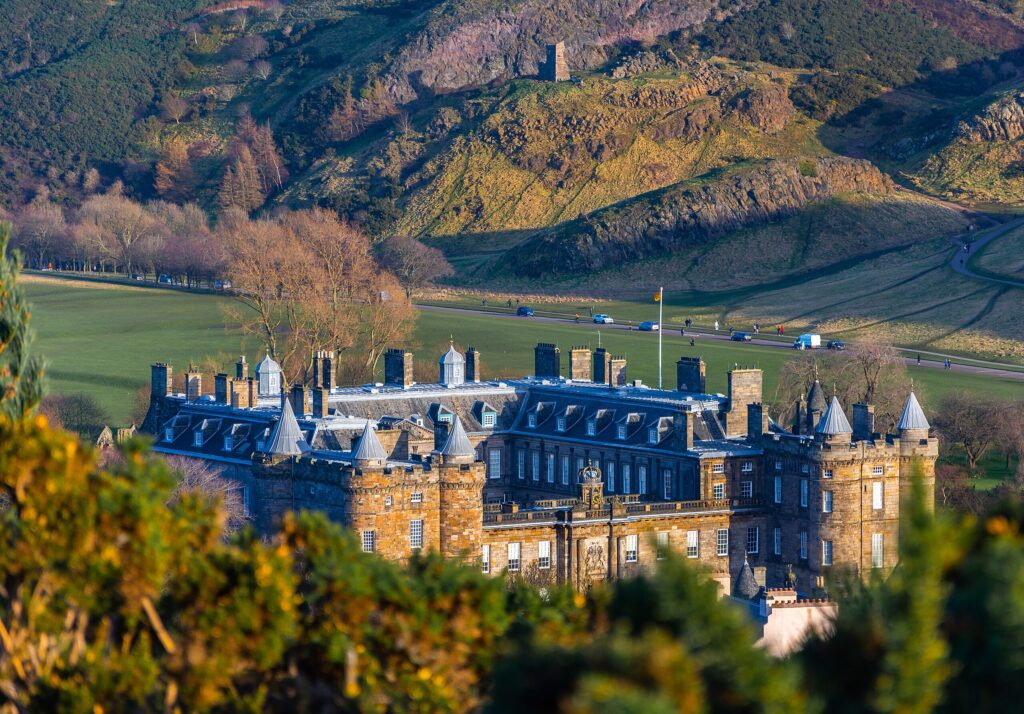
Edinburgh has some of the most impressive public and commercial buildings from the New-classical revival in Europe. These structures showcase the city’s long-standing importance as the capital of Scotland since 1437. In the 18th century, during the Age of Enlightenment, Edinburgh was known as a major center for ideas and education, with strong cultural and political connections to mainland Europe. The well-planned growth of the first New Town, along with its impressive architecture, established new standards for towns in Scotland and other places. That had a significant impact on how cities and towns were designed and built across Europe.
In the late 19th century, the Old Town underwent a significant transformation and revitalization. During this time, architects began to adapt a unique building style known as Baronial to work better in city settings. This shift played an important role in shaping the way we think about preserving and protecting urban areas today.
The striking landscape of the Old Town, paired with the thoughtful placements of important buildings in both the Old and New Town, creates stunning views and beautiful cityscapes. The combination makes for a memorable skyline that captures the eye.
What are the Old and New Towns of Edinburgh famous for?
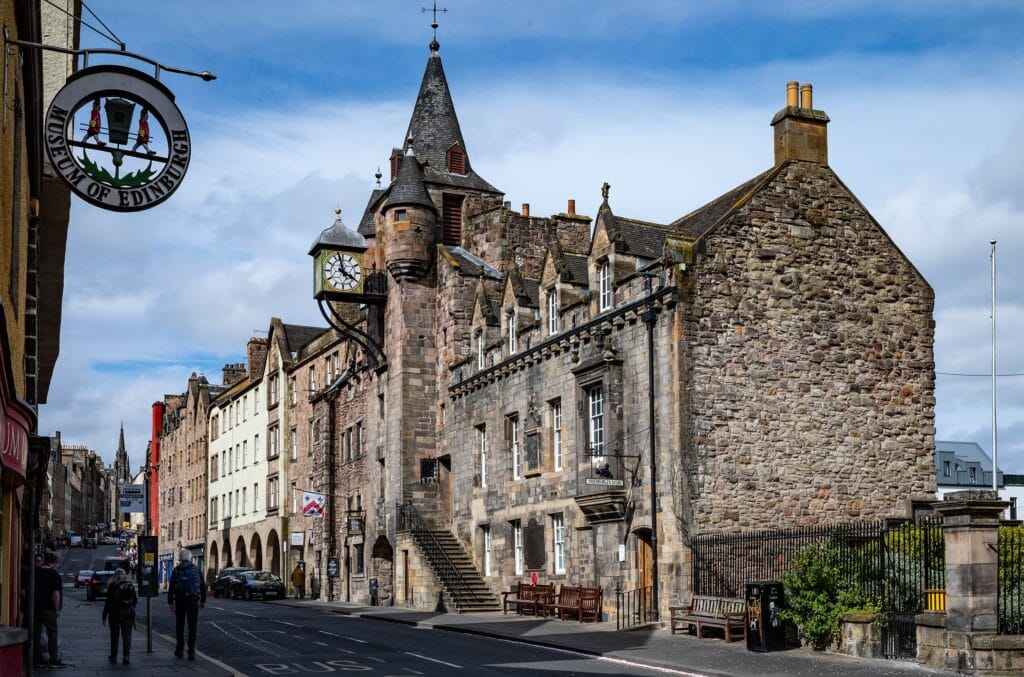
Edinburgh’s Old Town is well-known for its beautiful old buildings and important historical sites. Some of the highlights include the famous Edinburgh Castle and the Royal Mile. This area is named as a UNESCO World Heritage Site, which means it has unique cultural and historical significance. It truly reflects the city’s fascinating past and lively culture.
The New Town in Edinburgh is recognized as a UNESCO Heritage Site, popular for its beautiful Georgian-style buildings, spacious streets, and charming squares. It showcases how the city was thoughtfully designed in the 18th century and features some of the best shops, restaurants, and cultural charm in the area. Together with the Old Town, the New Town offers a great mix of history and modern life that makes Edinburgh so special.
Why do we need to preserve the Old and New Towns of Edinburgh significantly for us and future generations?
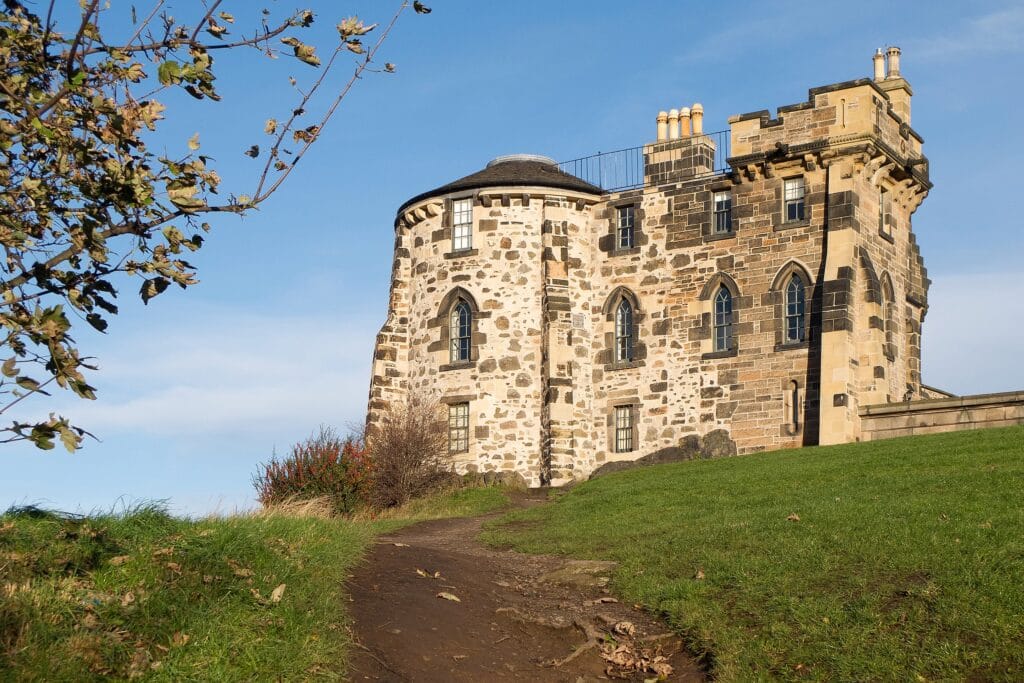
Preserving both the Old and New Towns of Edinburgh in a safe and well-maintained condition is essential for several reasons. First and foremost, these areas are filled with history and culture. They showcase various architectural styles and city designs from different eras, highlighting Scotland’s rich heritage. By preserving them, we not only pay tribute to their past but also gain insight into how it has influenced who they are today.
Secondly, these towns act like a living museum, giving people a chance to learn about their history. They help us understand important events, changes in society, and how city life has evolved over the years. This makes them great places to explore and discover new things for both today’s learners and future generations.
Preserving these towns looking nice not only brings in visitors but also helps local businesses thrive and creates job opportunities. When a town is well-maintained, it boosts community spirit and makes residents feel more connected to their home.
By protecting both the Old and New Towns, we make sure that future generations can enjoy and understand the special charm and history of Edinburgh. This way, the stories from our past will continue to be shared and appreciated for many years to come.
How can you enjoy the stunning views of Edinburgh from the Waverley Valley?
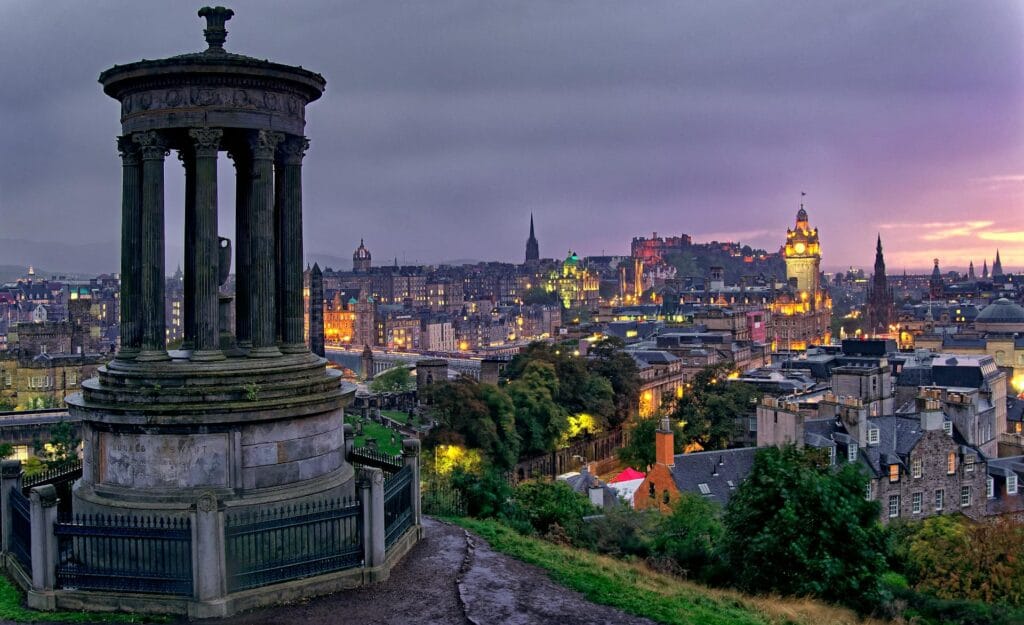
Embark on a journey through time by visiting the Old and New Towns of Edinburgh! Explore the medieval charm of the Old Town, with its historic streets and iconic sites, before wandering through the elegant Georgian architecture of the New Town. Experience the vibrant culture, indulge in local cuisine, and soak in breathtaking views that make Edinburgh a truly enchanting destination. Create a plan for your adventure today and uncover the wealth history and unique blend of traditions waiting for you in Scotland’s capital!
When you’re planning your adventure, enhance your travel experience by using trusted websites like GetYourGuide, Trip.com, Trainline, Agoda.com, Expedia and Hotels.com! These platforms offer a variety of enjoyable tours, activities, and accommodation options to suit every traveler’s needs.
- GetYourGuide offers a wide variety of unforgettable travel experiences. You can choose from tickets to Popular Attractions, Transportation Options, City Passes, Guided Tours, Hop-on Hop-off Bus Services, Water Activities, Day trips, and Trips that last several days in many locations around the world.
- Trip.com makes it easy to combine Flights and Hotels, Trains, Car Rentals, Airport Transfers and Attractions & Tours to create the perfect travel package tailored just for you.
- Trainline makes traveling a breeze! With only a few steps, you can effortlessly book train tickets across Europe, compare prices, and find the best routes. Whether you’re planning a weekend getaway or a longer adventure, Trainline ensures a smooth journey from start to finish.
- Agoda offers a wide range of accommodations and travel options to suit your needs. With user-friendly search features, you can easily find the perfect Hotel, Apartment, or Villa, Flights, Activities, and Airport Transfer at competitive prices.
- Expedia to find the perfect travel deals and begin planning your next adventure with ease. Your unforgettable trip is just a click away!
- Hotels.com today to explore incredible deals and find the perfect housing for your dream trip! Your adventure starts here!
Start your journey with our reliable travel partners and unlock the best of the Old and New Town of Edinburgh and beyond!
Disclaimer
In this post, affiliate links are included, and those links are associated with well-known travel companies such as GetYourGuide, Trip.com, Trainline, Agoda.com, Expedia, and Hotels.com. If you choose to purchase or book a service using those links, we may earn a commission at no additional cost to you. We focus on recommending products and services that are helpful to you, and we appreciate your support!
Conclusion
We hope you find this information helpful for your next trip. For more information, visit our other travel blog posts. We cover many topics, including amazing places to visit and helpful travel tips. Whether you’re looking for hidden gems, new cultures, or helpful advice, there’s something for everyone.
Additionally, if you enjoyed the information we shared, don’t forget to explore our other travel product reviews to make your journey even better! Please take a moment to look through our previous posts and let your sense of adventure guide you on your next journey! We wish you happy travels and look forward to sharing more with you in our next blog post!




